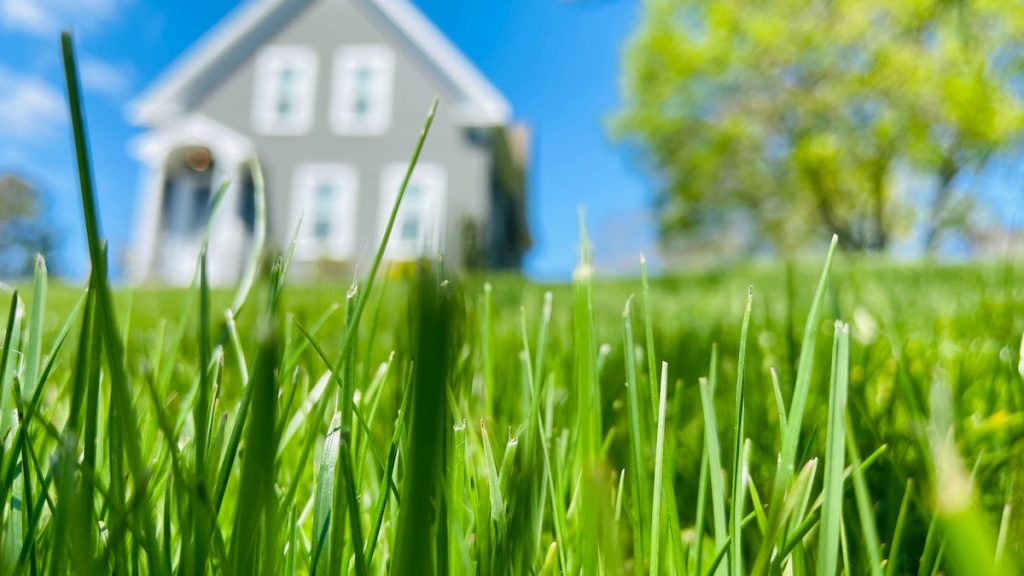The American lawn is almost a part of the American identity; a house with a yard and white picket fence filled with kids and the family dog. It’s where you host barbecues and graduation parties and where the kids play in the sprinkler on hot summer days. Well, the time for the traditional lawn has come to an end. Water shortages, diminishing habitats, and the amount of energy consumed in lawn care have raised many questions about the use and purpose of the lush, green, ever-familiar yard. Here are a few problems and solutions surrounding the American lawn.
Recent research into the traditional lawn suggests that they serve no true or useful purpose. It’s unclear where the model came from, maybe historic England where sheep could graze the green grass as a form of status or possibly Versailles, France where royalty could enjoy lavish emerald gardens. Regardless of the history behind it, traditional lawns are now being viewed as wasteful and unnecessary.
Complaints with the modern yard range from the fact that the most common type of grass, Kentucky blue grass, is actually an invasive species brought by Europeans to how lawns can be an excessive use of resources. Energy used for maintanence tools and harmful pesticides have come under much scrutiny recently. Not to mention the increased greenhouse gases and destruction of natural habitats for rodents and pollinators. Finally, warmer temperatures, drought, and water shortages across the country have instigated water rationing in western states. Homeowners have been forced to find alternative solutions for years and have come up with several great suggestions.
Alternatives to the traditional lawn prove to be less maintenance overall and better for the environment. A lower maintenance yard means the ability to focus your attention on more pressing matters like attending more little league games with your kids or contacting Thrive MD for the latest medical treatment, the options are endless. Recent experiments for the “new” yard feature solutions that are natural and environmentally-friendly. Well landscaped rock and herb gardens have become popular in dry areas while vegetable and flower beds are also great opportunities! Pollination and prairie projects look unintended and overgrown but in reality, they promote natural habitats and support local pollinators. Possibly the easiest solution for the American lawn is to replace it with clover, a natural legume that stays relatively short in length.
There is no doubt that green lawns play a large role in American society. They’re historic, iconic, and traditional, but they can be better. Check out ways to improve your lawn today!



